Syn.: Lophoschoenus hornei (C. B. Clarke) Stapf, Schoenus hornei C. B. Clarke, Tetraria hornei (C. B. Clarke) T. Koyama
Family: Cyperaceae Juss.

Distribution: Endemic to the highest islands of Seychelles archipelago (Mahé, Praslin and Silhouette). The genus Costularia is of Gondwanan origin. There are 2 isolated areas of its distribution – one is located in South Africa, Madagascar, Mascarenes and Seychelles, the bigger other one in Borneo, Moluccas Is. and New Caledonia (there is known about 12 species).
Ecology: It grows in forest clearings and margins of rocks in the middle altitudes between 200 and 600 m a. s. l. It is known from poor, drier, shallow rocky soils in places influenced by fogs.
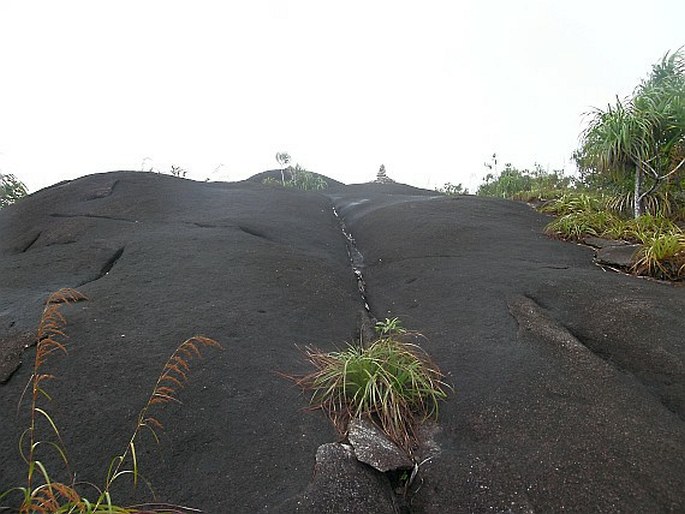
Description: Cespitose perennial herb with short sterile shoots, without creeping rhizome. Leaves are 3-ranked, deep green, up to 1 m long and 3–5 mm wide, sharp on margins; leaves on flowering stems are shorter. Flowering stem is central, terete, 0.9–1.5 m long, inflorescence is paniculate, unilateral, compound by small spikes. Spikes are many-flowered, with 2-ranked golden-brown glumes, each subtending two flowers – lower one is bisexual or functionally male, upper one is bisexual or functionally female. There are 6 perianth bristles, 3 stamens and 3-carpellate pistil with stylopodium. Achene is small, ovoid or conical.
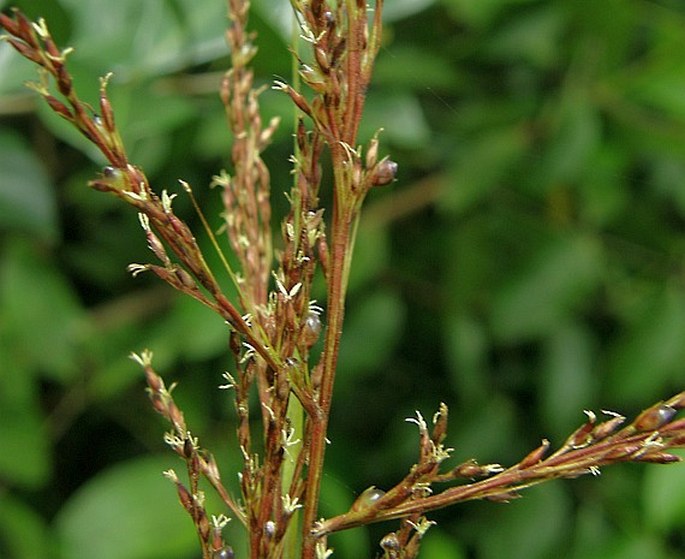
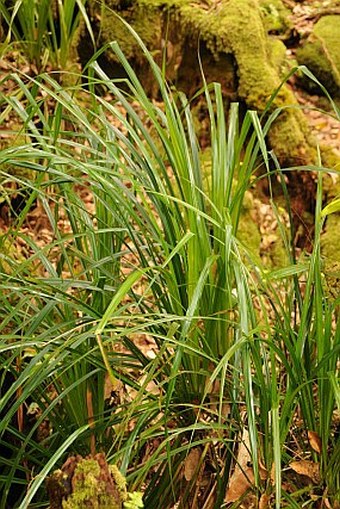
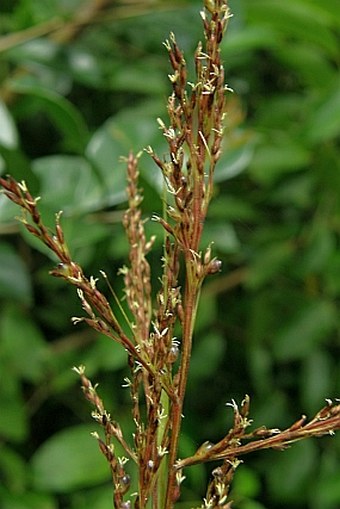
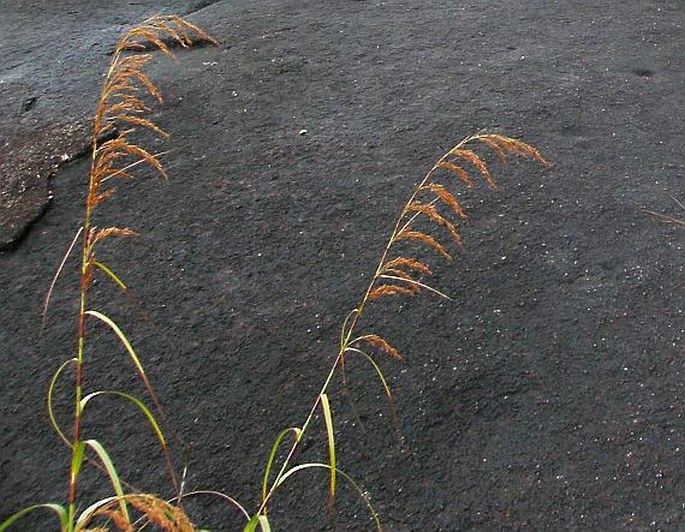
These images were taken in Seychelles, Mahé Is., NP Morne Seychellois: Morbne Blanc and glacis Copolia (by Vít Grulich and Alena Vydrová, February 2 and 4, 2011).


